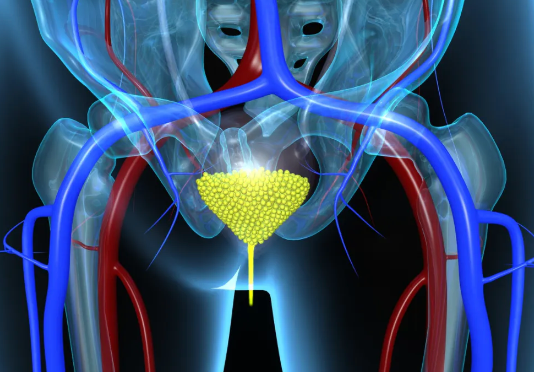Article
YouTube Misinformation Promotes Stigma Around Recurrent Urinary Tract Infection in Women
Author(s):
Misinformation on YouTube promotes women wiping front to back as a non-evidence-based hygiene practice to prevent urinary tract infection.
YouTube contains vast quantities of misleading information about urinary tract infection (UTI) for patients seeking education on the subject, according to the results of a recent study presented at the 118th Annual Scientific Meeting of the American Urological Association in a panel discussion, which focused on 3 contemporary abstracts related to urinary health.1

"Urinary incontinence (UI) and recurrent UTIs (rUTIs) are prevalent, yet impactful conditions that disproportionately affect women,” said session moderator Wai Lee, MD, director of Female Pelvic Medicine and Reconstructive Surgery at the Smith Institute for Urology, in a press release.2
In particular, misinformation about poor hygiene practices leading to rUTIs is a common form of misinformation spread on this media platform. The panelists explained during the discussion that better hygiene practices do not decrease the incidence of UTI, according to findings from case-controlled studies. Sources that promote this misconception around poor hygiene as a cause of rUTIs may be also supporting the further stigmatization of patients with a UTI as a sign of being ‘dirty’ or ‘unclean.’1
In this study, investigators analyzed information about rUTIs from YouTube. The team assessed the quality, veracity, and comprehensiveness of information published on YouTube about rUTIs to increase health care workers’ (HCWs) awareness, determine knowledge gaps, clarify misconceptions, and reduce stigmatization risk.1
The investigators identified 200 high-traffic topic search terms related to UTI that were curated by Google Trends. After narrowing the search terms, 5 independent reviews used an AUA rUTI guideline-approved standardized questionnaire to evaluate the definition of UTI, marketing content, prophylaxis/prevention strategies, and antibiotic use and stewardship.1
Most of the information on YouTube discussed ingesting cranberry as a prophylactic treatment; 55% of information addressed hydration and fluid intake, a third of of information on YouTube promoted non-evidence-based hygiene practices; and 25% recommended wiping front to back, among other hygiene practices.1
The panel also discussed an abstract on financial toxicity (FT) associated with UI treatment. Investigators had conducted a survey of 79 patients presented with UI, finding that 65.8% had “Moderate-to-severe FT.” Considering factors of age, race, ethnicity, or insurance type, they observed those with higher FT were less likely to have private insurance, more likely to use public transportation, and more likely to have a greater number of unmet social needs than those with low-FT.3
The third abstract shared positive safety and efficacy data from the first North American clinical experience evaluation of the new sublingual vaccine, MV140, which can reduce risk of UTI.4
“We wanted to highlight contemporary research on the financial toxicity of UI treatment and share the promising results of a clinical trial evaluating a vaccine used to treat rUTI,” Lee said in the press release. “We hope our viewers find our session informative and thought provoking."2
References
- Bondok M, Stothers L, Macnab A. MISCONCEPTIONS ABOUT WOMEN WITH RECURRENT URINARY TRACT INFECTION IN YOUTUBE EDUCATIONAL VIDEOS; INCONGRUENCE WITH AUA GUIDELINES - HEALTH EQUITY FINDINGS. The Journ of Urol. 2023. doi.org/10.1097/JU.0000000000003246.18
- American Urological Association. Urologists Explore Treatments for Recurrent UTIs, the Financial Burden of UTIs and UTI Information on Social MediaNews Release. April 28, 2023. Accessed May 2, 2023. https://www.prnewswire.com/news-releases/urologists-explore-treatments-for-recurrent-utis-the-financial-burden-of-utis-and-uti-information-on-social-media-301810399.html
- Salami A, Green B, Najor A, et al. PD14-10 EVALUATION OF FINANCIAL TOXICITY ASSOCIATED WITH URINARY INCONTINENCE TREATMENT. April 1, 2023. American Urological Association. https://www.auajournals.org/doi/10.1097/JU.0000000000003261.10
- Nickel C, Elterman D, Kelly K, et al. MV140 SUBLINGUAL VACCINE REDUCES RISK OF RECURRENT URINARY TRACT INFECTION (RUTI) IN NORTH AMERICAN WOMEN: RESULTS FROM THE FIRST NORTH AMERICAN CLINICAL EXPERIENCE STUDY. American Urology Association. April 1, 2023. doi.org/10.1097/JU.0000000000003268.07






